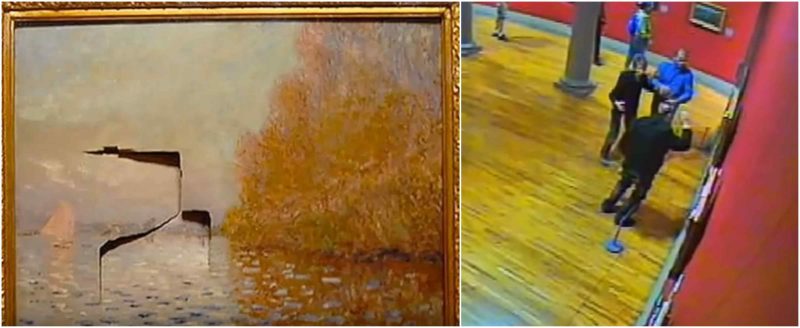In 2012, Andrew Shannon visited the National Gallery Ireland. Shannon, then 49, shocked the other visitors by ruining a Claude Monet masterpiece. The man punched the painting.
Shannon was caught on CCTV making a fist before slamming it into the painting. The piece of art is valued at $10 million (£7.8 million). The famous painting, titled “Argenteuil Basin with a Single Sailboat”, was left with a large hole through the middle of it.
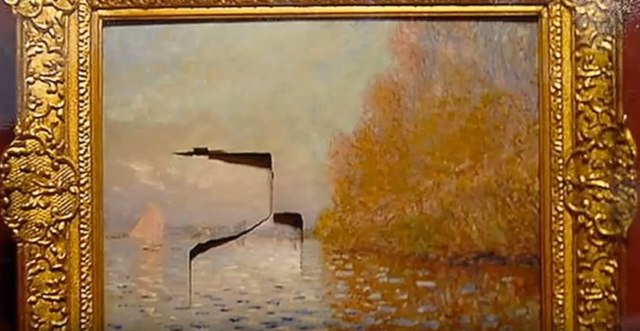
“Argenteuil Basin with a Single Sailboat” was painted in 1874 by Claude Monet and bequeathed to the gallery in 1924. It’s not a huge painting, measuring at just fifty-five centimeters by sixty-five centimeters. It depicts an autumnal scene at Argenteuil, a developing industrial town on the outskirts of Paris.
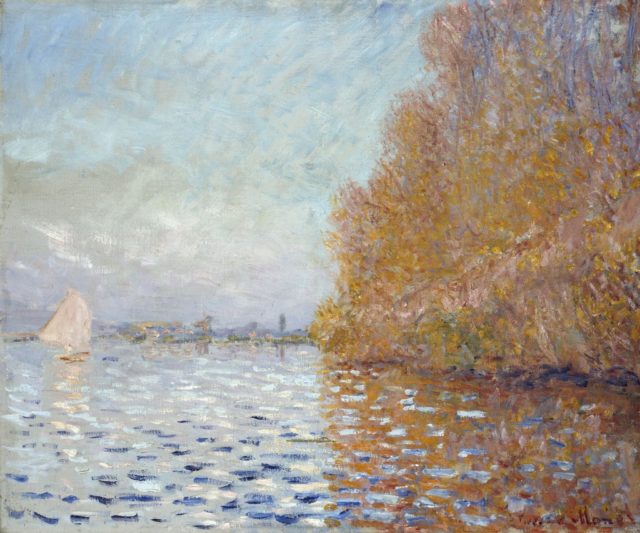
It is there that Monet lived from 1871 to 1878. During his time there, Monet adapted a boat to use as a floating studio and painted many scenes of Argenteuil, the Seine, and the surrounding countryside. Since light and color were Monet’s chief interests, he wanted to immerse himself in nature.
For example, on his floating abode, he could observe the fleeting effects of light upon the land and water. His observations are clearly depicted in this painting via his use of bold strokes of complementary color, the orange leaves that are reflected on the fragmented blue surface of the water, and a town that can be glimpsed on the horizon.
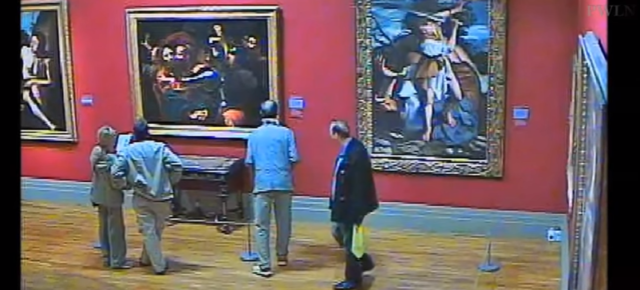
Claude Monet (1840-1926) was the key figure responsible for the development of Impressionism. In fact, the name of this art movement, Impressionism, is derived from Monet’s work titled “Impression, Sunrise”, which was painted in Paris in 1873.
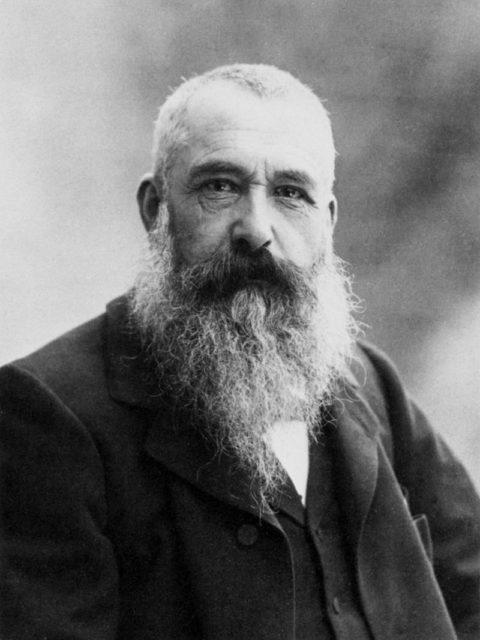
This artist was consistent in his drive to capture the more ephemeral qualities of nature on canvas. This determination is exemplified in his series of paintings from the 1890s.
Each painting was a particular view at different times of the day. It was, basically, a recording how that view’s appearance changed under varying atmospheric conditions, such as light quality.
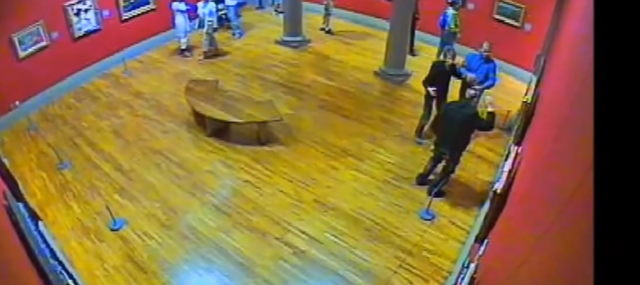
It is unclear whether Shannon knew about the history of the painting which he damaged or whether he chose this painting deliberately. If he did know the history of the painting and artist, it is clear that this knowledge did not prevent him from committing his crime.
After his arrest, Shannon told the police that he committed this thoughtless act of vandalism in an attempt to “get back at the state.” How punching a painting would get back at the state, he did not say. In court, however, his story changed. Shannon tried to play the incident off as an accident. He repeatedly claimed that he “felt faint” and fell into the painting.
That was a hard sell to the jury. Apparently after punching the painting, Shannon allegedly shouted at a group of tourists also visiting the gallery. A security guard arrived to restrain him and found a can of paint stripper. Obviously, the jury was not convinced; they reviewed the CCTV footage of the incident and after only ninety minutes of deliberation, they delivered their verdict.
Andrew Shannon was found guilty and sentenced to five years in prison. Shannon would not be allowed in any gallery for fifteen months following his release.
Shannon was not only guilty of vandalism. Police raided Shannon home in Dublin after his arrest and found nearly fifty stolen items. The loot included valuable artworks, books, and other antiques. Presumably, the stolen goods were categorized and returned to their rightful owners.
There is no word as to how, if any, restoration on the painting will be done. There is also no word how the damage would affect the painting’s monetary value.
